Tech Articles
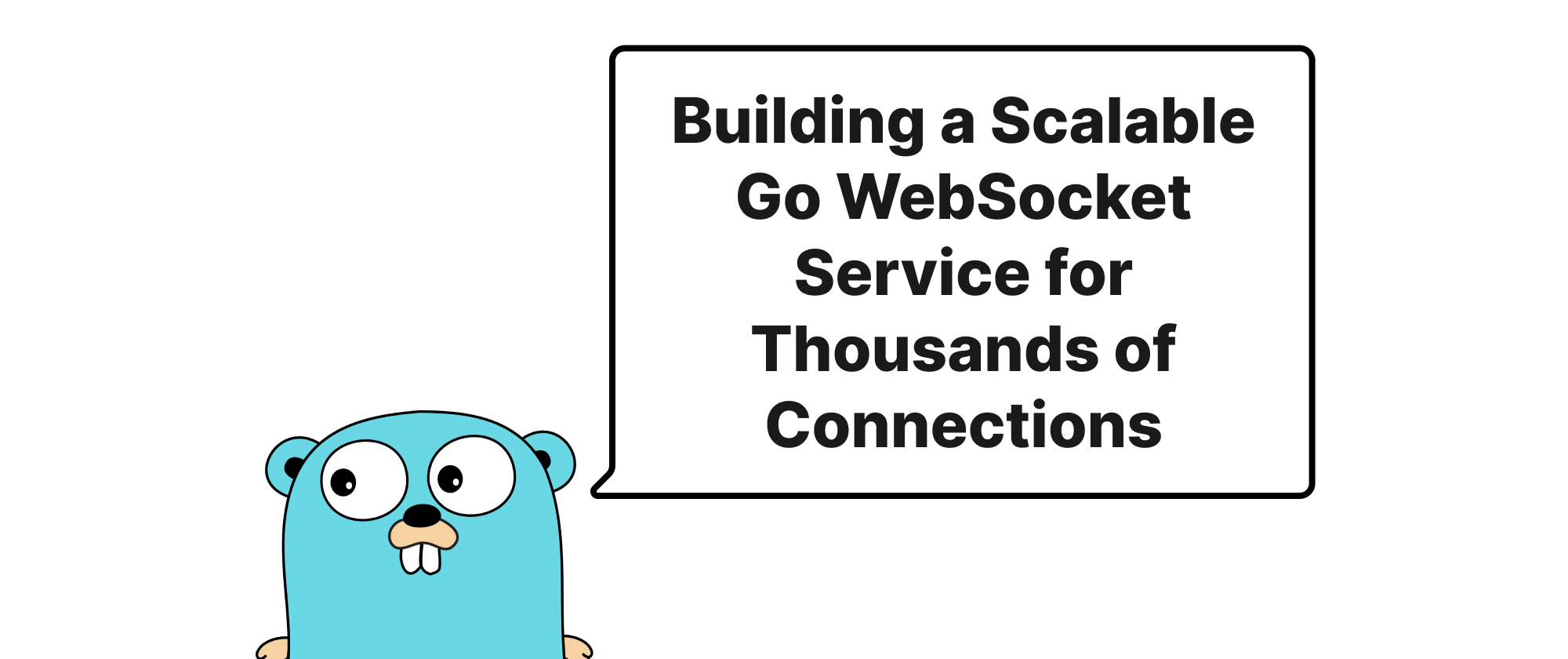
Building a Scalable Go WebSocket Service for Thousands of Concurrent Connections
This article delves into the strategies and techniques for building a high-performance, scalable WebSocket service in Go capable of handling thousands of concurrent connections efficiently.
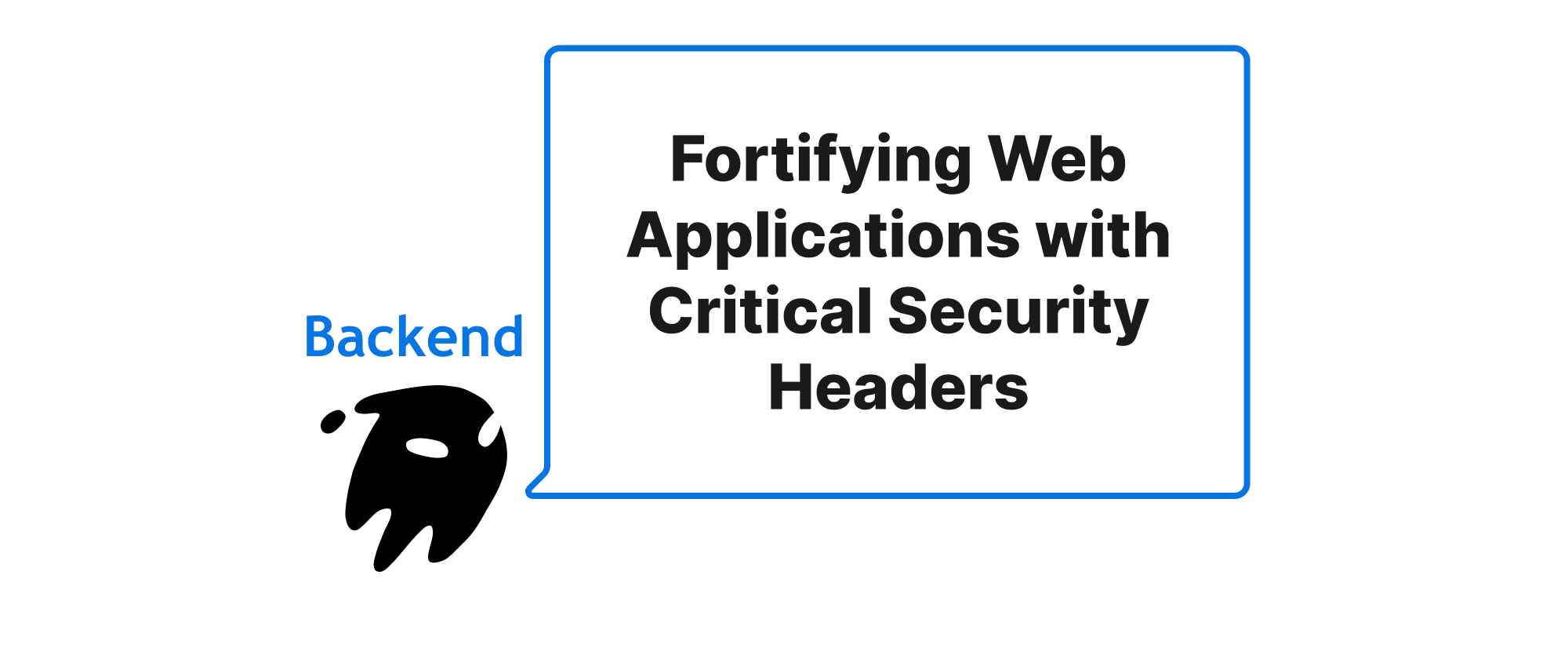
Fortifying Web Applications with Critical Security Headers
This article explores the importance of implementing security headers in web applications using Helmet.js for Node.js or integrated framework features, providing practical examples and best practices to enhance web security.
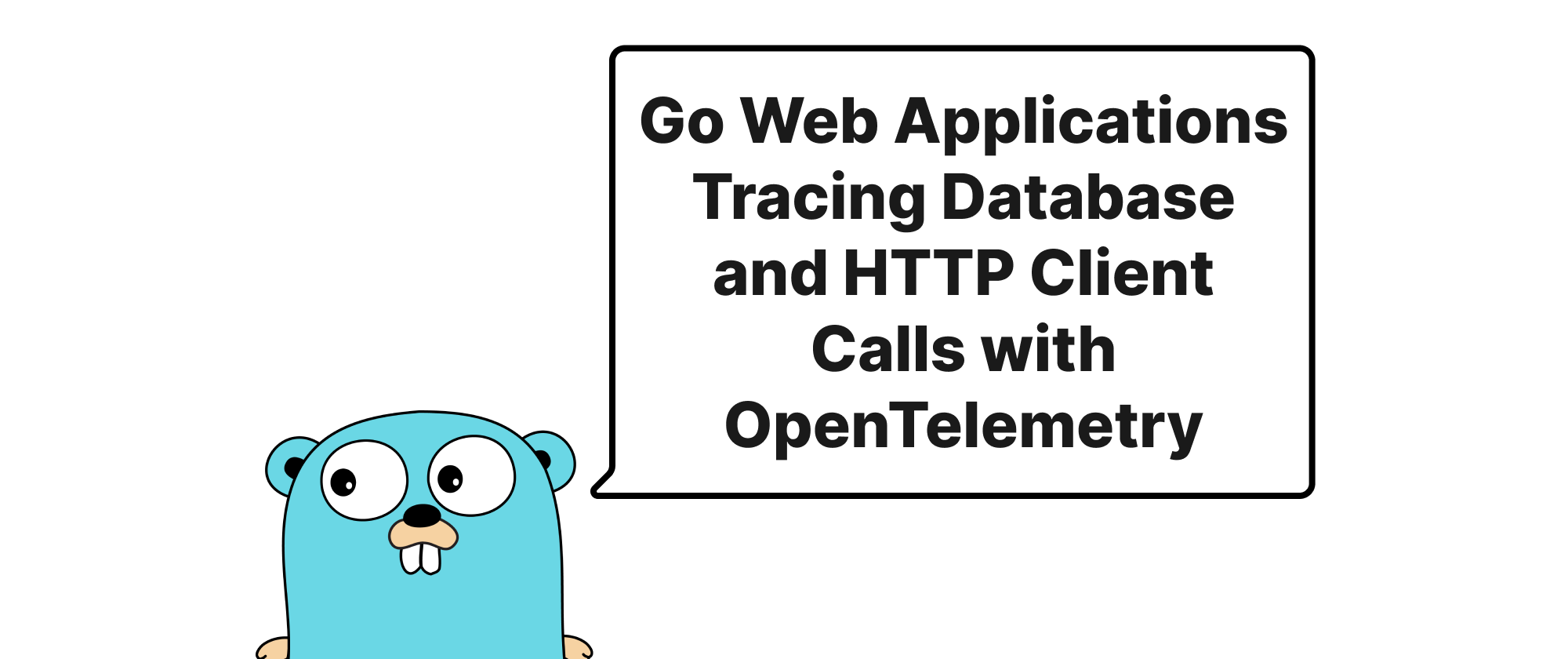
Go Web Applications Tracing Database and HTTP Client Calls with OpenTelemetry
A comprehensive guide to manually integrating OpenTelemetry into Go web applications for tracing database and HTTP client calls, including essential concepts, code examples, and best practices.
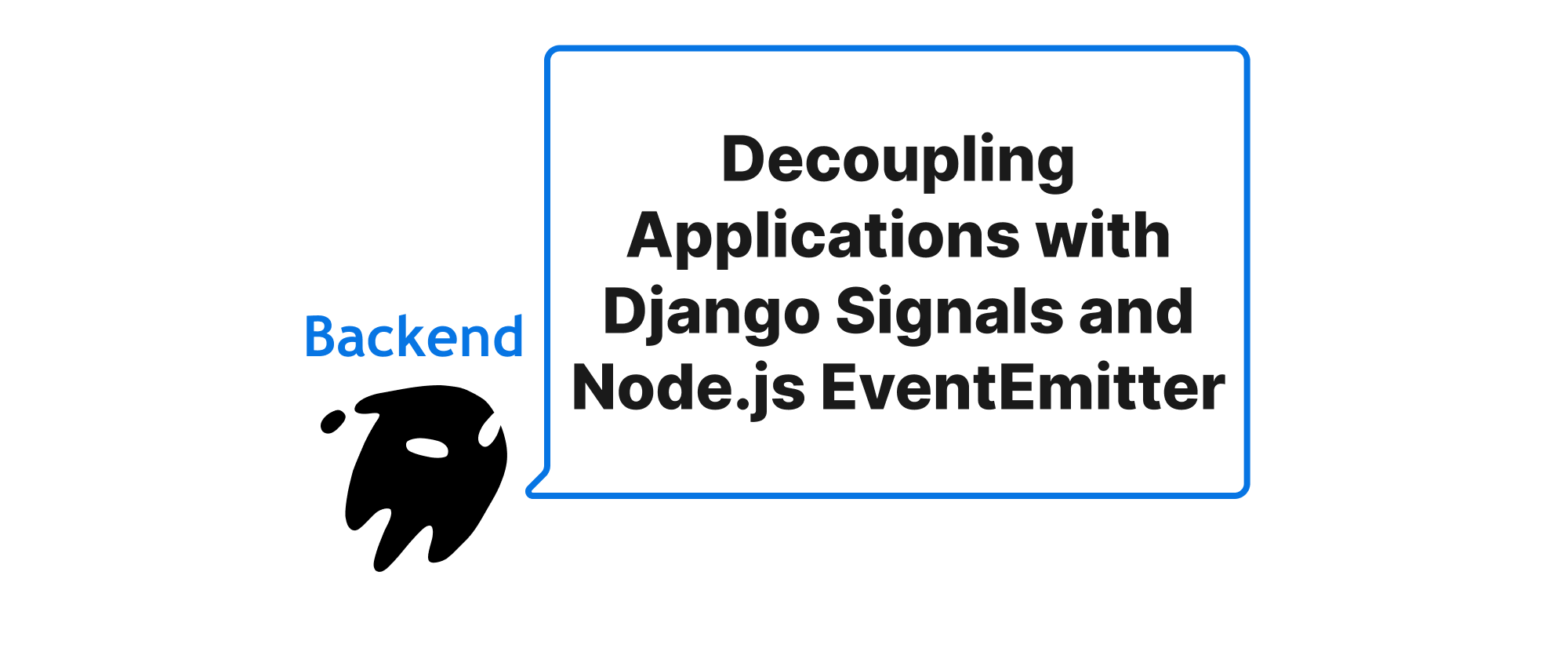
Decoupling Applications with Django Signals and Node.js EventEmitter
A deep dive into event-driven patterns using Django Signals and Node.js EventEmitter for enhanced application modularity and maintainability.
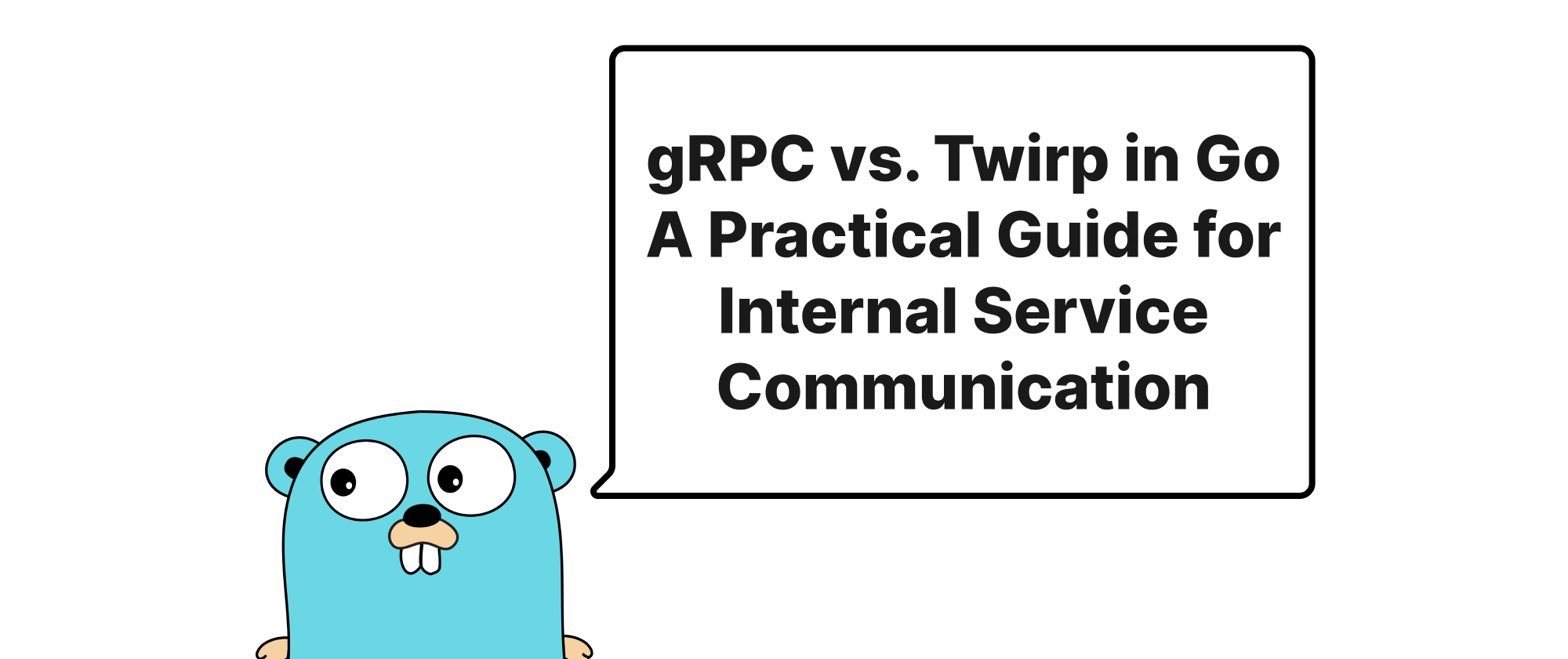
gRPC vs. Twirp in Go A Practical Guide for Internal Service Communication
This article compares gRPC and Twirp for internal service communication in Go, explaining their core concepts, practical implementations, and optimal use cases to help developers make informed technology choices.
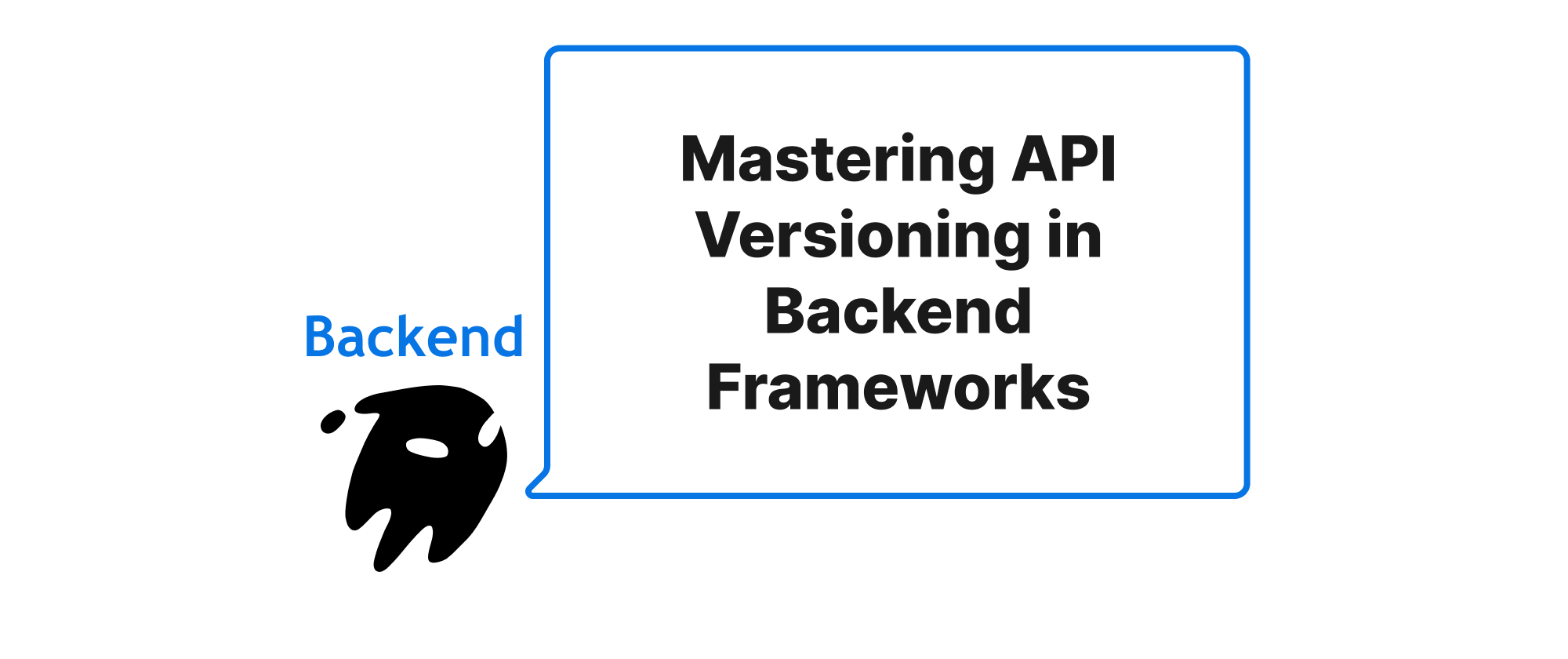
Mastering API Versioning in Backend Frameworks
Explore best practices for API versioning in backend development, covering strategies, implementation techniques, and their impact on system evolution and client compatibility.
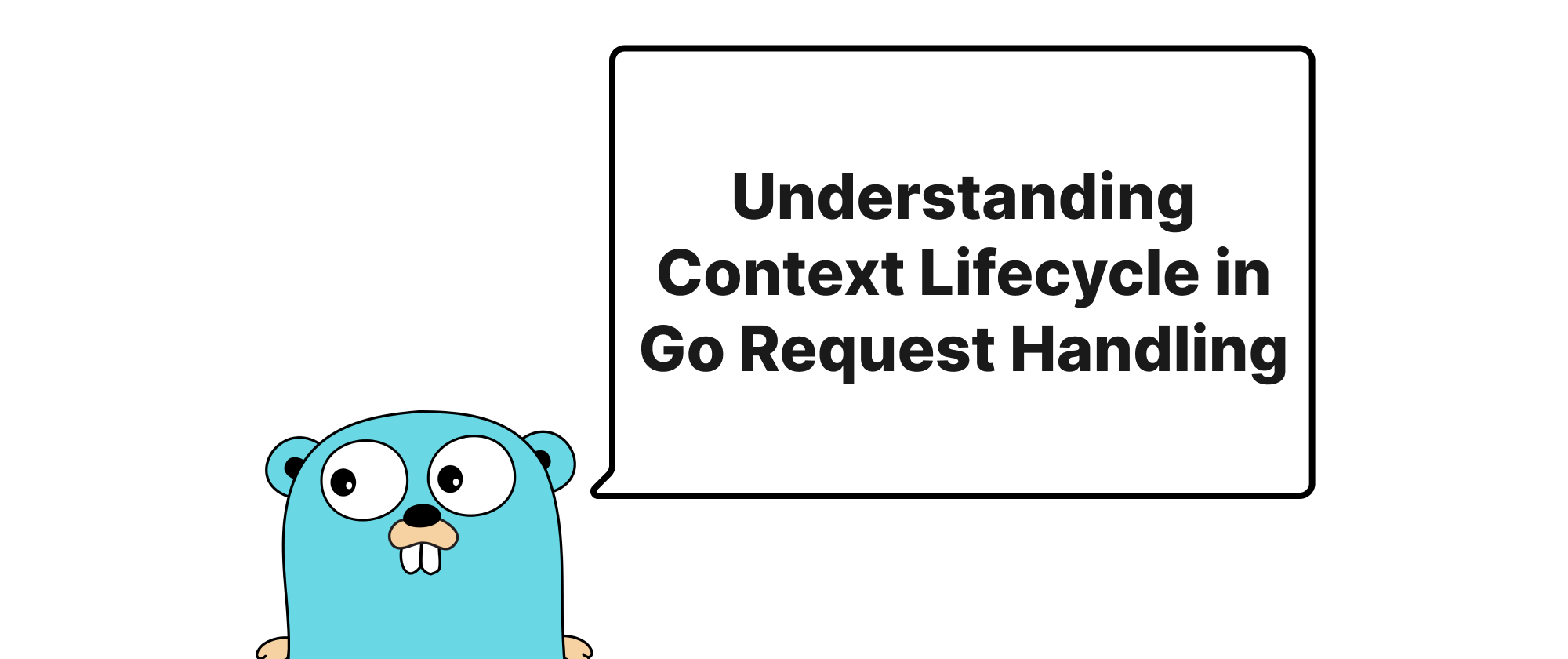
Understanding Context Lifecycle in Go Request Handling
This article delves into the lifecycle management of `context.Context` in Go, focusing on its crucial role in request handling, timeout control, and cancellation operations. It provides practical insights and code examples to illustrate its implementation and benefits.

Understanding sync.Once in Go
Learn how to use sync.Once for concurrency-safe, lazy initialization in Go.
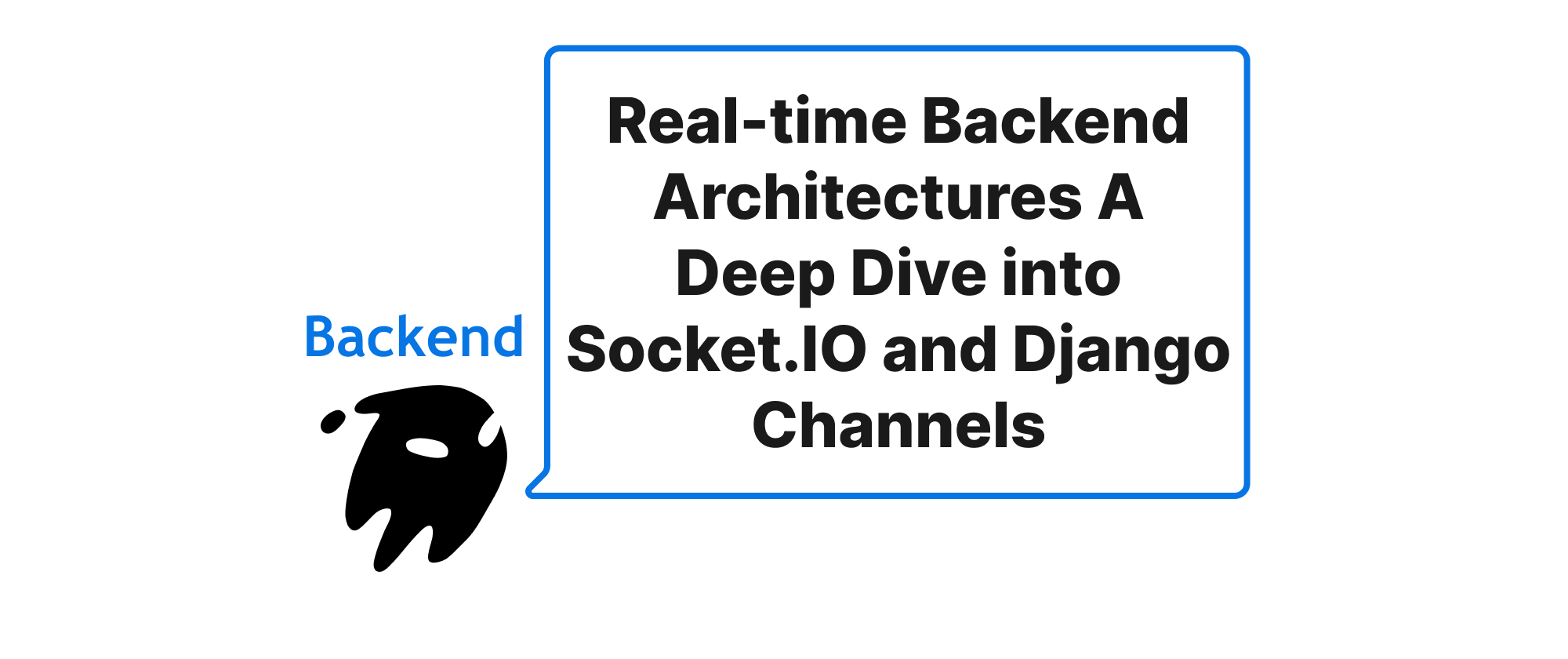
Real-time Backend Architectures A Deep Dive into Socket.IO and Django Channels
This article compares Socket.IO (Node.js) and Django Channels (Python) for building real-time backend applications, exploring their core concepts, implementation, and use cases to help developers choose the right tool.
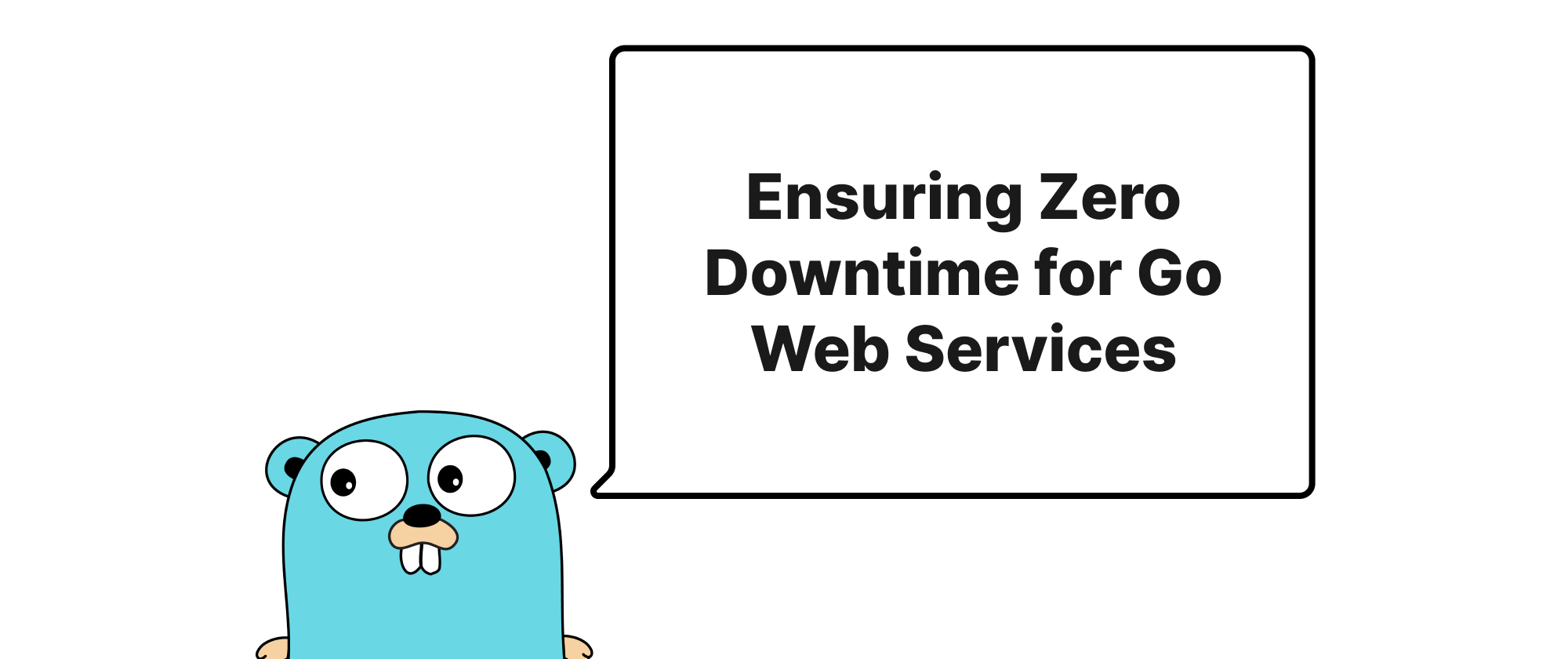
Ensuring Zero Downtime for Go Web Services
Implement graceful shutdown in Go web services to guarantee all in-flight requests are processed before termination, enhancing application reliability and user experience.
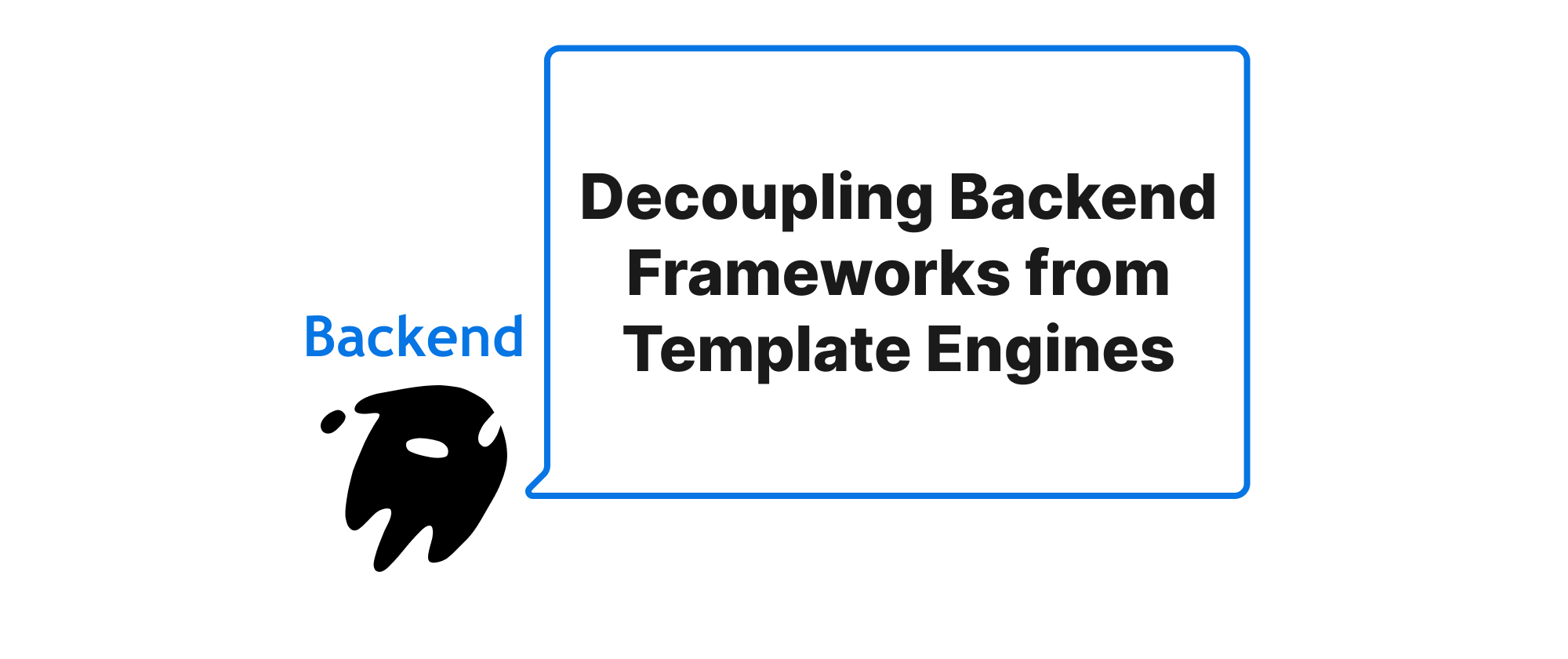
Decoupling Backend Frameworks from Template Engines
Exploring strategies and benefits of separating backend logic from presentation layers, and effectively passing context without tight coupling.
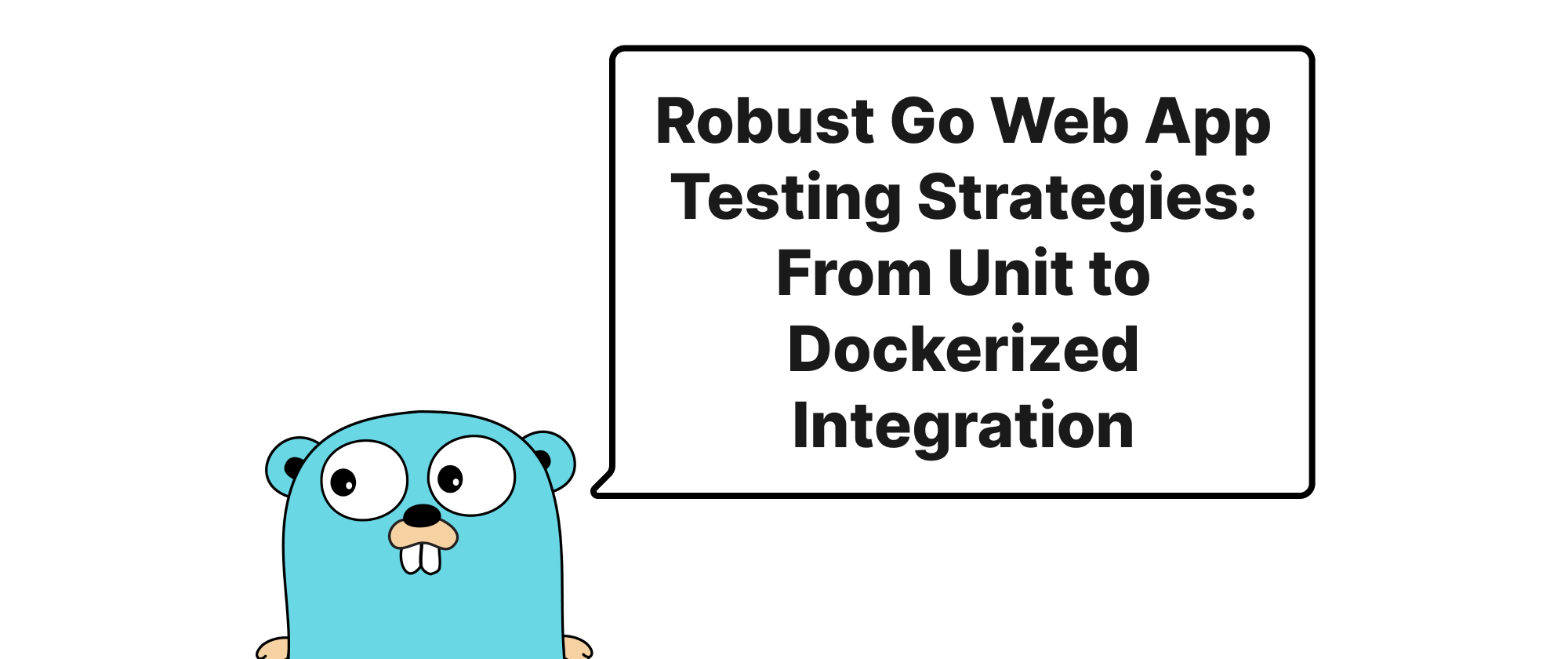
Robust Go Web App Testing Strategies: From Unit to Dockerized Integration
Explore comprehensive testing strategies for Go web applications, covering unit testing with Go's built-in tools, mocking techniques, and advanced integration testing using Docker to ensure reliable and scalable applications.

How to Implement Enum Types in Go
Learn how to create and use enums in Go without native enum support.
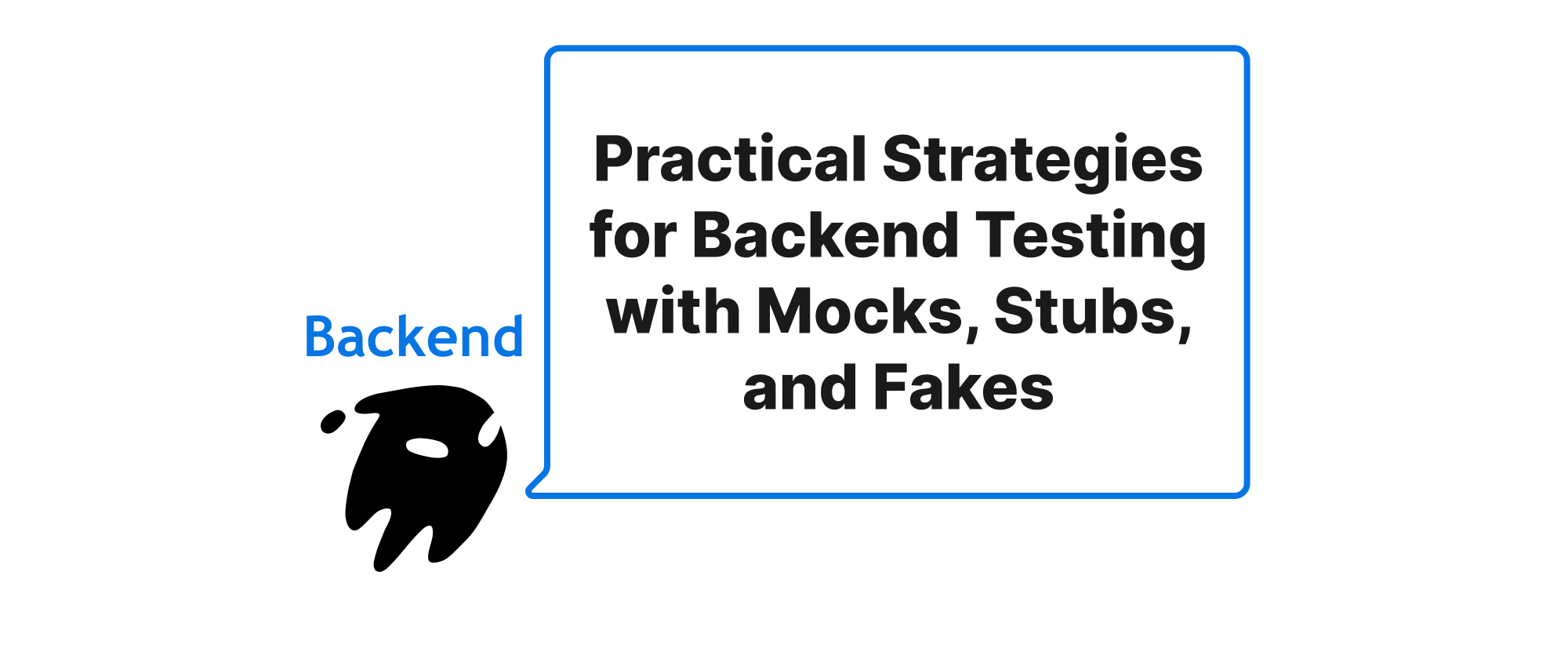
Practical Strategies for Backend Testing with Mocks, Stubs, and Fakes
This article explores the effective use of Mocks, Stubs, and Fakes in backend testing, defining these crucial test doubles and demonstrating their application with code examples to enhance test isolation and efficiency.
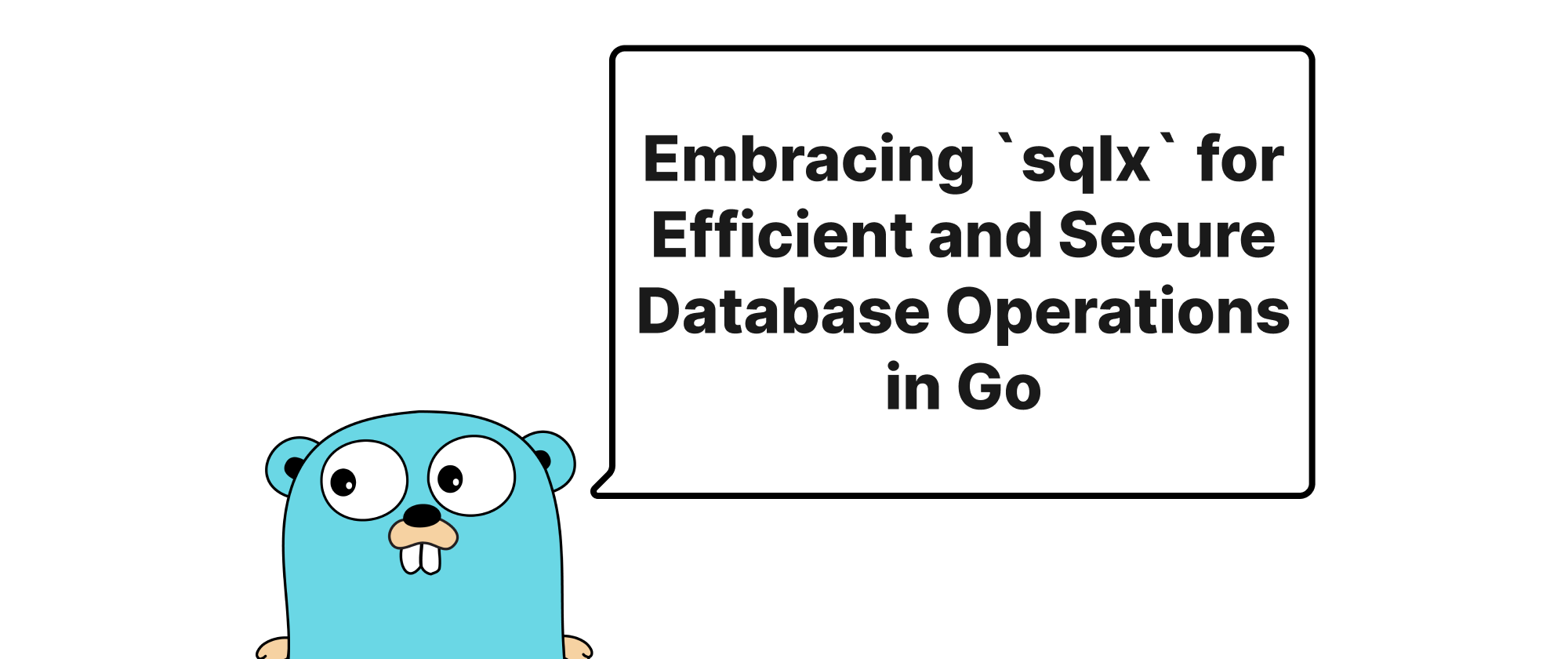
Embracing `sqlx` for Efficient and Secure Database Operations in Go (Without GORM)
This article explores how to leverage `sqlx` in Go for robust, efficient, and secure database interactions, offering a compelling alternative to ORMs like GORM while maintaining developer productivity.
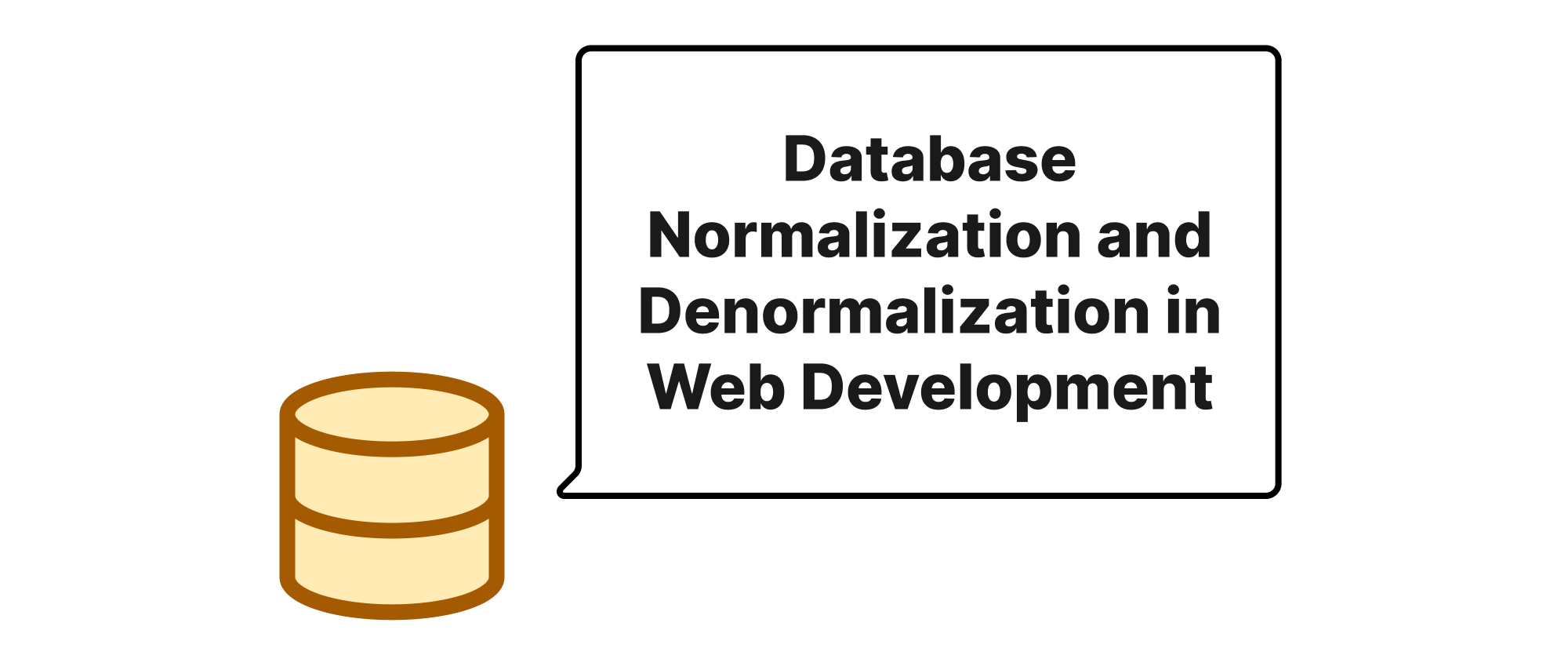
Database Normalization and Denormalization in Web Development
Explore the fundamental principles of database normalization (1NF, 2NF, 3NF) and the strategic use of denormalization in modern web application design, complete with practical examples.
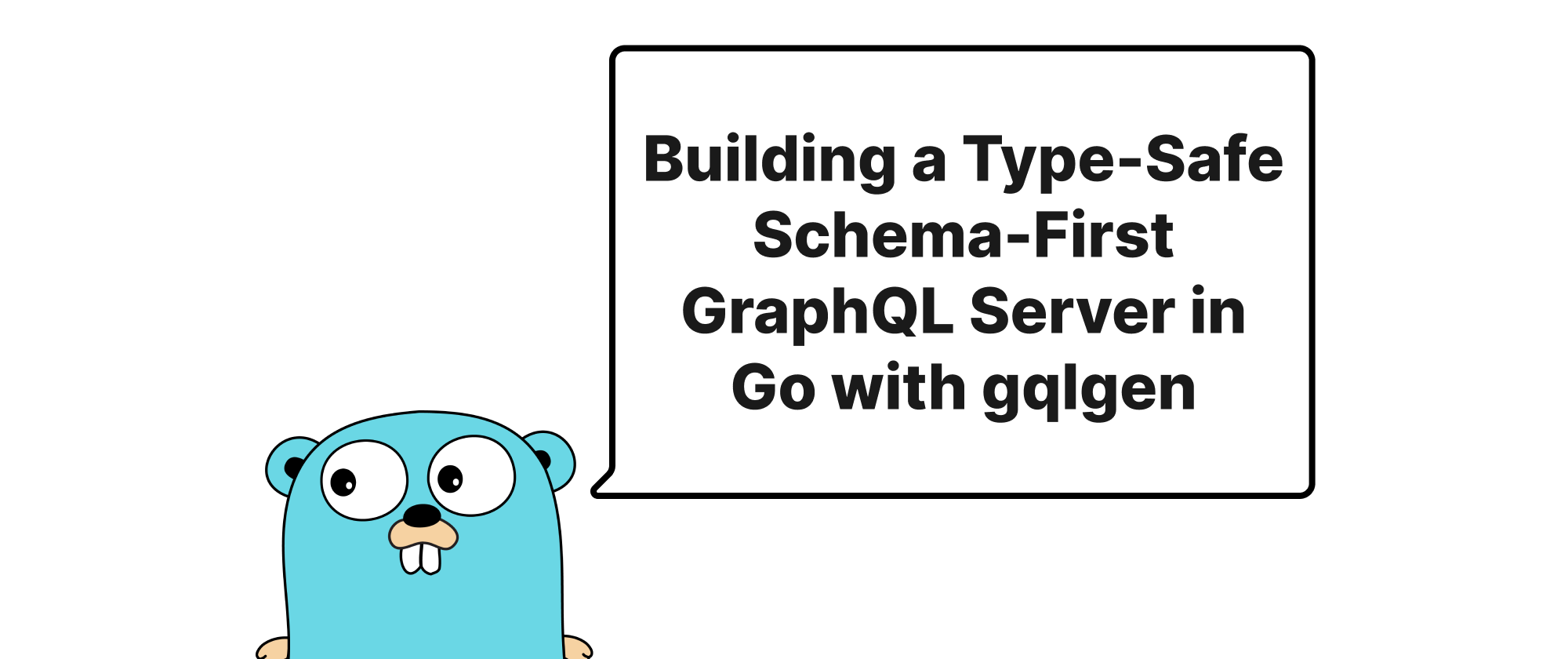
Building a Type-Safe Schema-First GraphQL Server in Go with gqlgen
This article delves into the advantages of schema-first development and type safety in GraphQL, demonstrating how to build a robust and maintainable GraphQL API in Go using the powerful gqlgen library.
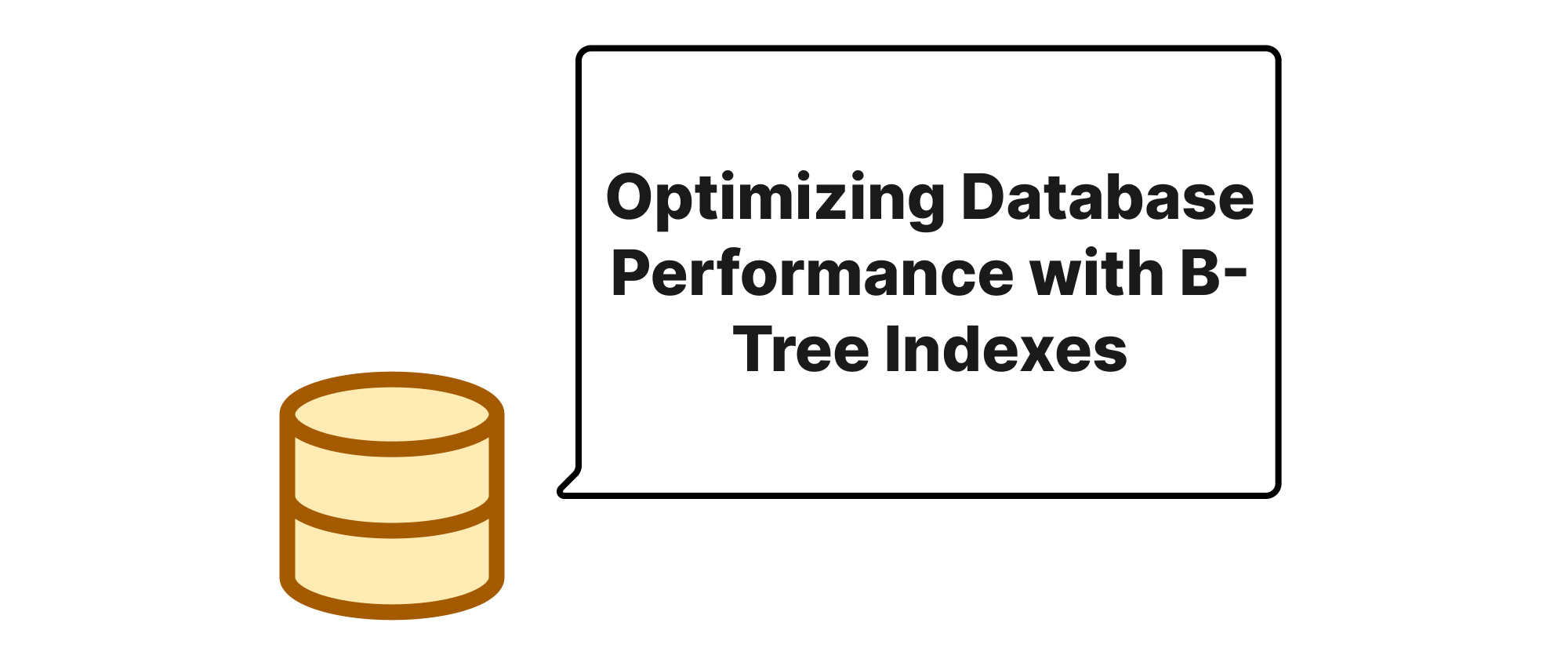
Optimizing Database Performance with B-Tree Indexes
This article delves into the strategic use of B-Tree indexes to enhance query performance in WHERE, ORDER BY, and JOIN clauses, offering practical advice and code examples.
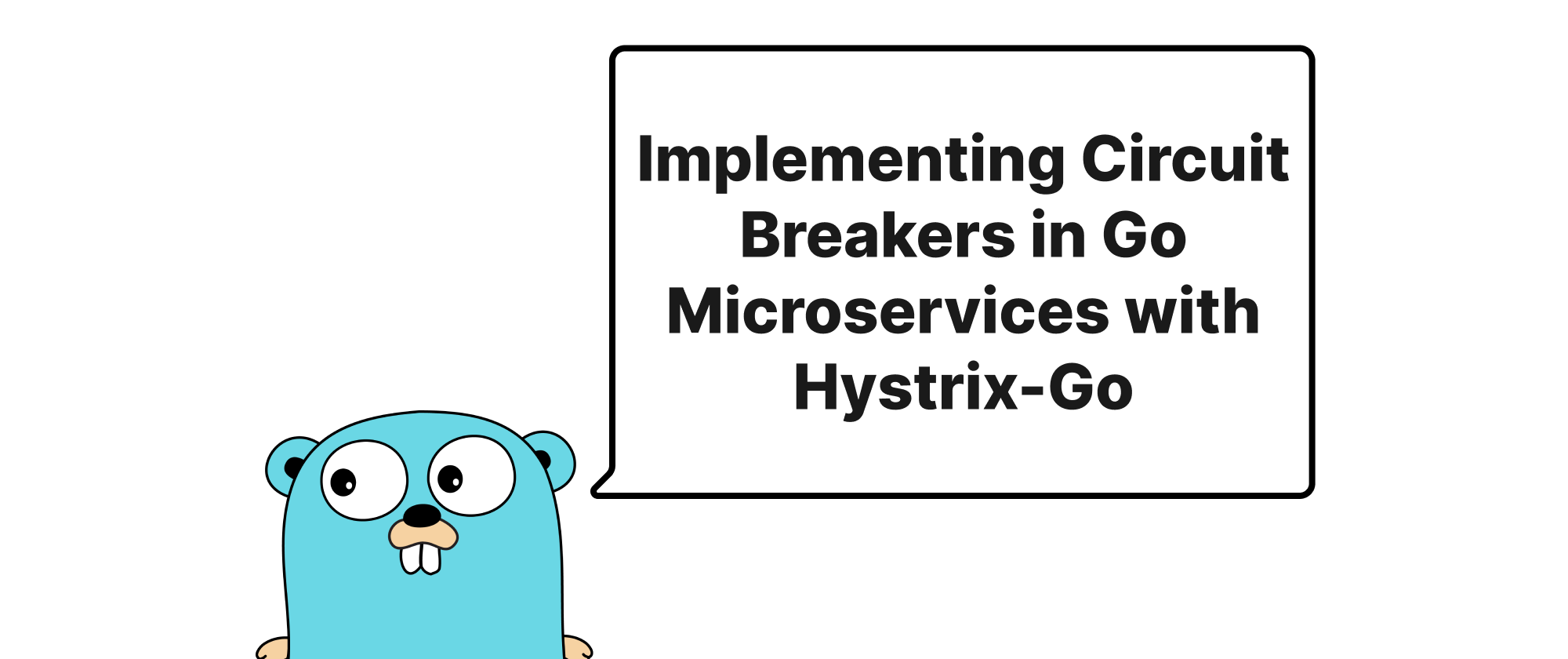
Implementing Circuit Breakers in Go Microservices with Hystrix-Go
Explore how to enhance the reliability and resilience of Go microservices by implementing circuit breaker patterns using libraries like Hystrix-Go.

Understanding SQL Common Table Expressions (CTEs)
CTEs simplify, organize, and enable recursive SQL queries efficiently.

Understanding SQL Aggregate Functions
SQL aggregate functions simplify data summarization and analysis.

How to Rank Data in SQL: An Introduction to Window Functions
SQL ranking functions help order and analyze data with or without grouping.

A Comprehensive Guide to iota in Go
Explains Go’s iota, its uses in constants, enums, and bitwise operations, with tips and best practices.
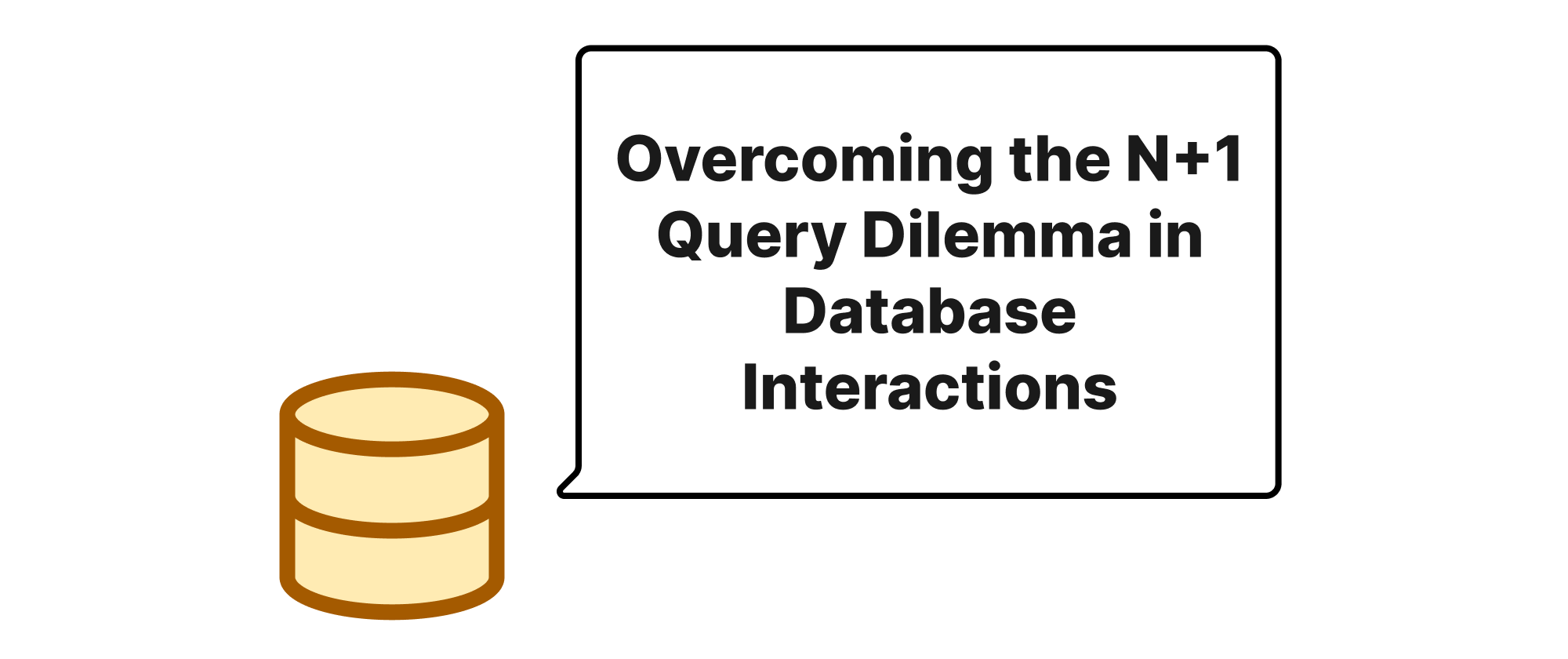
Overcoming the N+1 Query Dilemma in Database Interactions
Explores the N+1 query problem, its impact on database performance, and effective solutions like JOINs and batch loading with practical code examples.
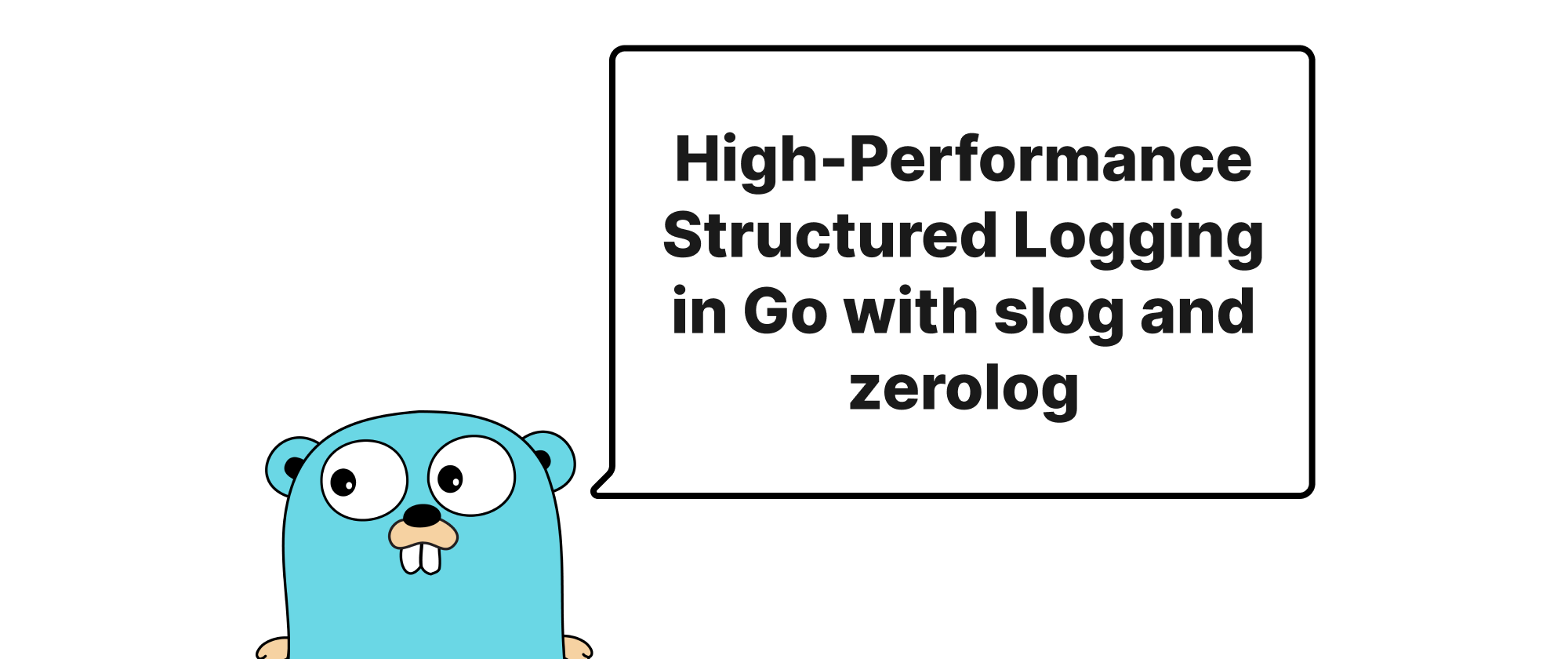
High-Performance Structured Logging in Go with slog and zerolog
Explore how Go 1.21's slog and the popular zerolog library empower developers to achieve highly performant and context-rich structured logging for robust applications.

A Practical Guide to Go’s Timer and Ticker
Explains Go’s Timer and Ticker with usage, differences, and resource management tips.
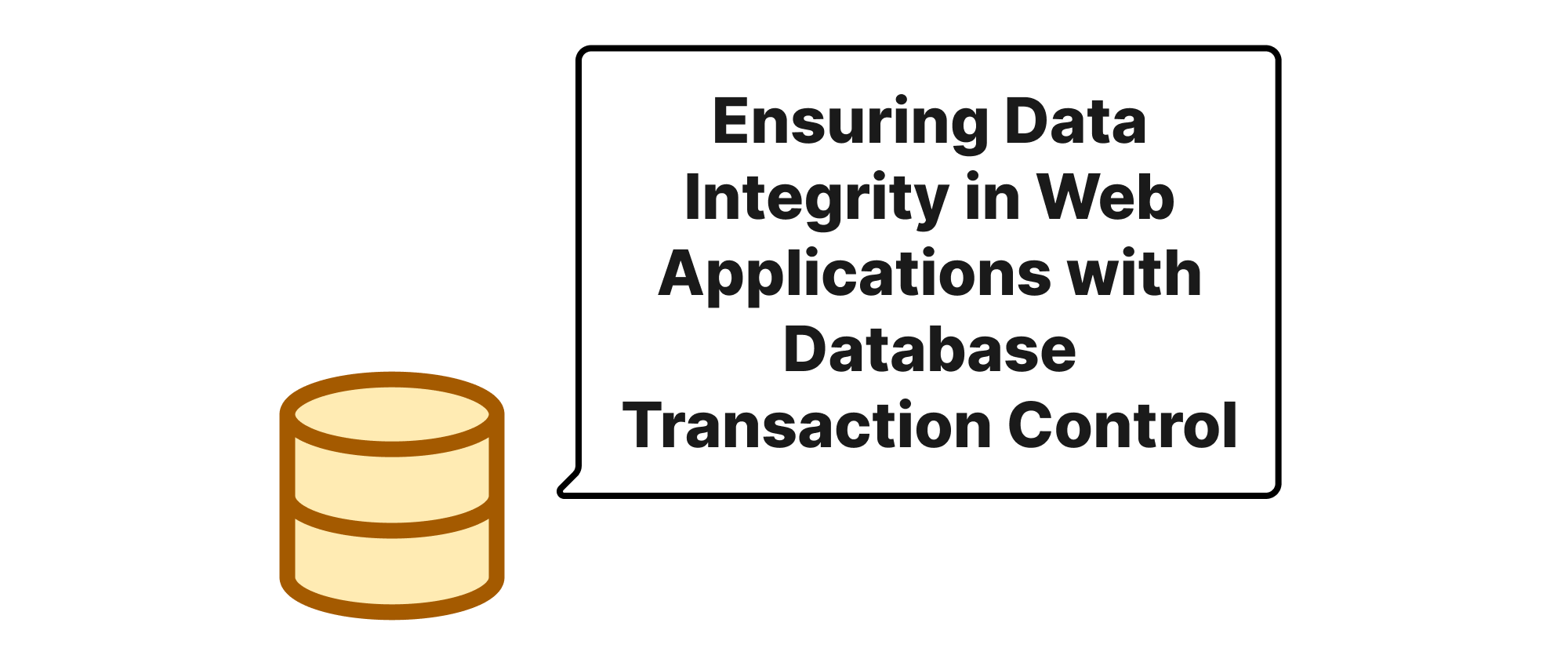
Ensuring Data Integrity in Web Applications with Database Transaction Control
This article delves into the critical role of ACID properties and transaction isolation levels in maintaining data integrity and consistency within web applications, providing practical insights and code examples.
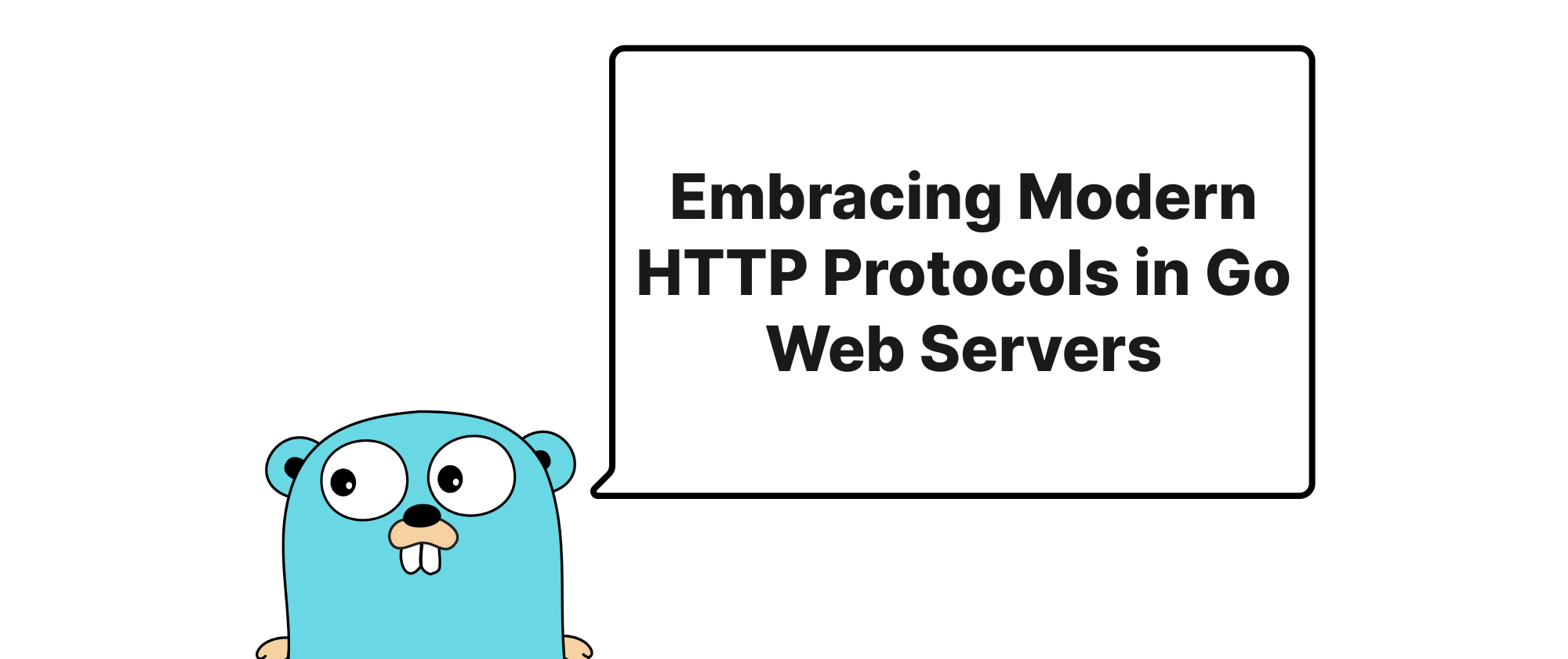
Embracing Modern HTTP Protocols: Enabling HTTP/2 and Exploring Experimental HTTP/3 in Go Web Servers
This article delves into the practical aspects of upgrading Go web servers to leverage the performance benefits of HTTP/2 and explores the early integration of experimental HTTP/3 support, providing code examples and theoretical background.

Build a Pure Node.js Search Engine from Scratch Using Only Node.js
In the era of information explosion, search engines have become the core tool for people to access information. From Google to Bing, these large-scale search engines are backed by complex technical architectures, but their core principles can be implemented using basic technology stacks. This article will guide you through building a TF-IDF algorithm-based English search engine from scratch using pure Node.js, without any third-party libraries, storing the inverted index in CSV files. Through this practice, you will gain a deep understanding of the core mechanisms of information retrieval and master key technologies in text processing, weight calculation, and index construction.
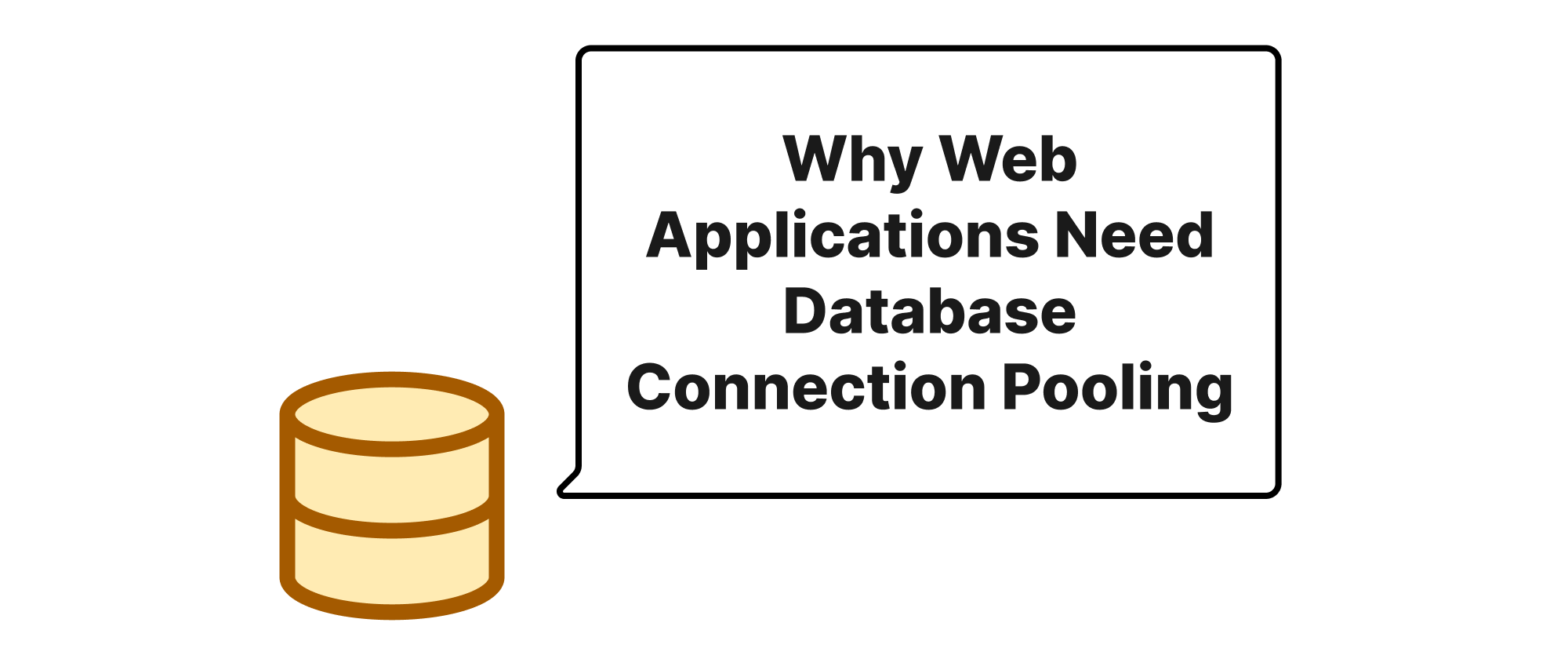
Why Web Applications Need Database Connection Pooling and How to Configure It
This article delves into the necessity of database connection pooling for web applications, explaining its core concepts and providing practical guidance on configuring essential parameters to optimize performance and resource management.

From Cache Breakdown to Robustness: singleflight in Go
Learn how Go’s singleflight package prevents cache breakdown and optimizes concurrent database access.

Build a Search Engine in Pure Python, Step by Step — No Dependencies Needed
Through this article, we've built a TF-IDF-based English search engine from scratch without relying on any third-party libraries, and stored the key inverted index in CSV format. This process has allowed us to gain an in-depth understanding of the core principles and implementation details of search engines, including key steps such as document preprocessing, inverted index construction, TF-IDF calculation, and query processing. While this implementation is relatively simple, it covers the basic framework of modern search engines. On this foundation, you can further expand the functionality and optimize performance to build a more powerful retrieval system. Whether for academic research or practical applications, understanding these basic principles is an important step in deepening your knowledge of information retrieval technology. We hope this article has opened the door to the field of information retrieval for you, inspiring your interest and desire to explore search engine technology. In this era of information explosion, mastering information retrieval technology not only helps us obtain information more efficiently but also provides a solid foundation for research in fields such as data mining and artificial intelligence.
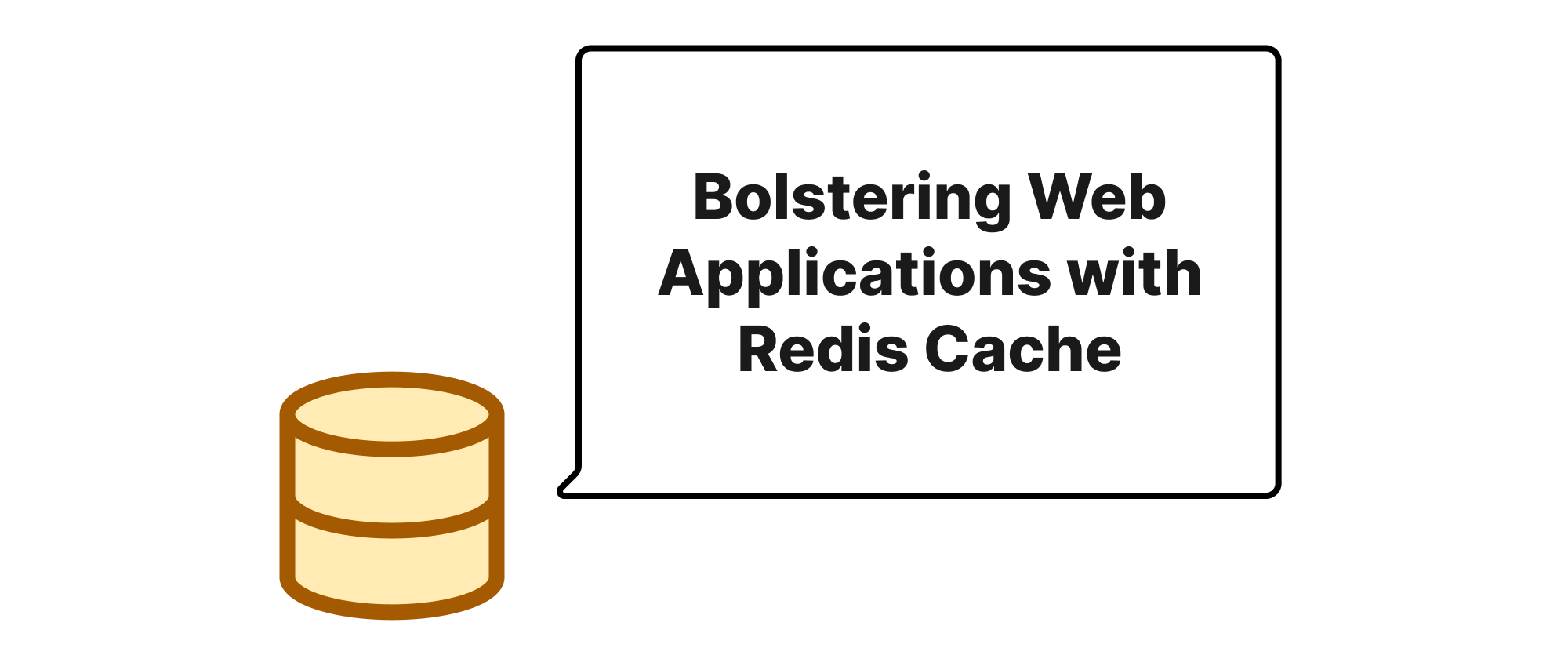
Bolstering Web Applications with Redis Cache
Explore how Redis, through Cache-Aside and Read-Through patterns, effectively enhances the performance and scalability of web applications by optimizing data retrieval.
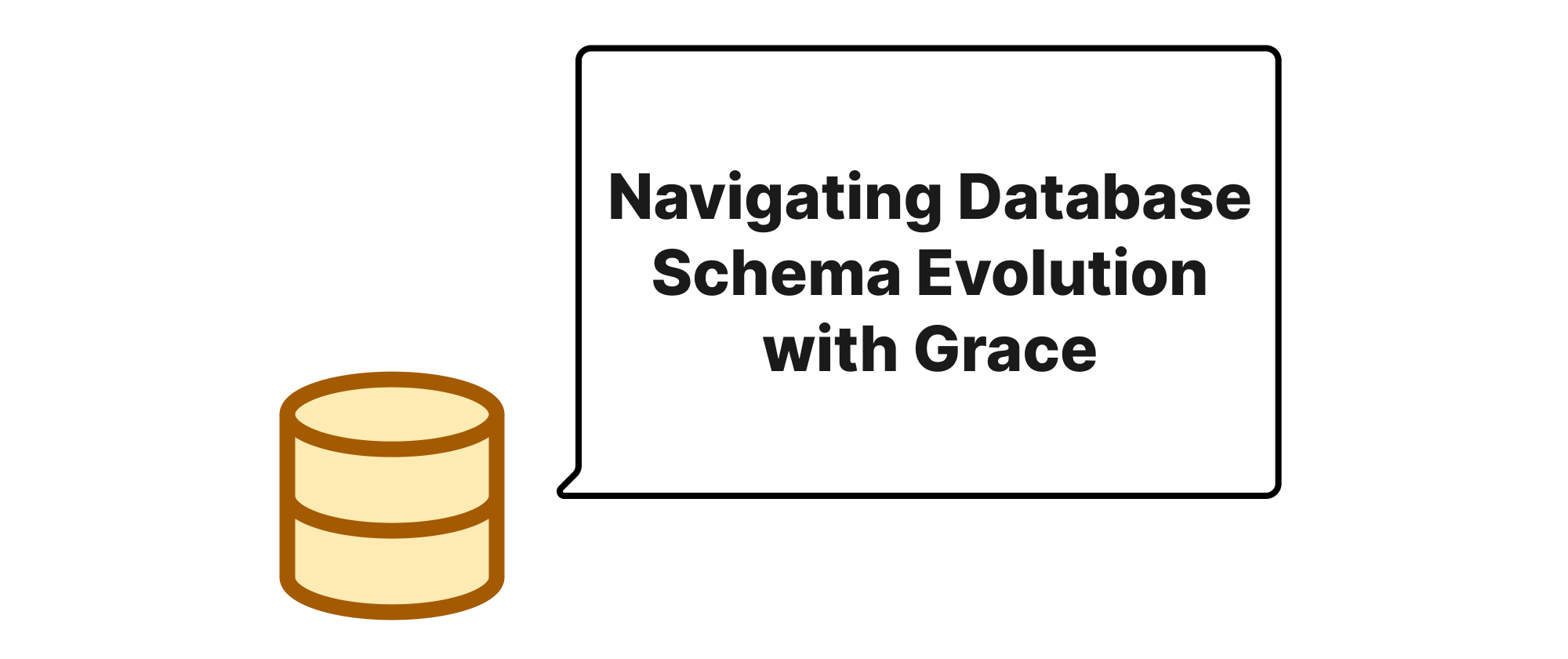
Navigating Database Schema Evolution with Grace
This article delves into the intricacies of database schema migration, outlining its workflow, best practices, and essential tools for seamless database evolution.

Understanding Grouping in SQL Queries
Grouping in SQL helps summarize and analyze data efficiently.

Understanding CTEs (Common Table Expressions) in SQL
CTEs simplify, organize, and enhance complex SQL queries.

Understanding Condition Statements in SQL
Condition statements enable precise, efficient data filtering in SQL.

How to Build a Event Bus in Go
A practical guide to building a simple event bus in Go using publish-subscribe patterns and channels.
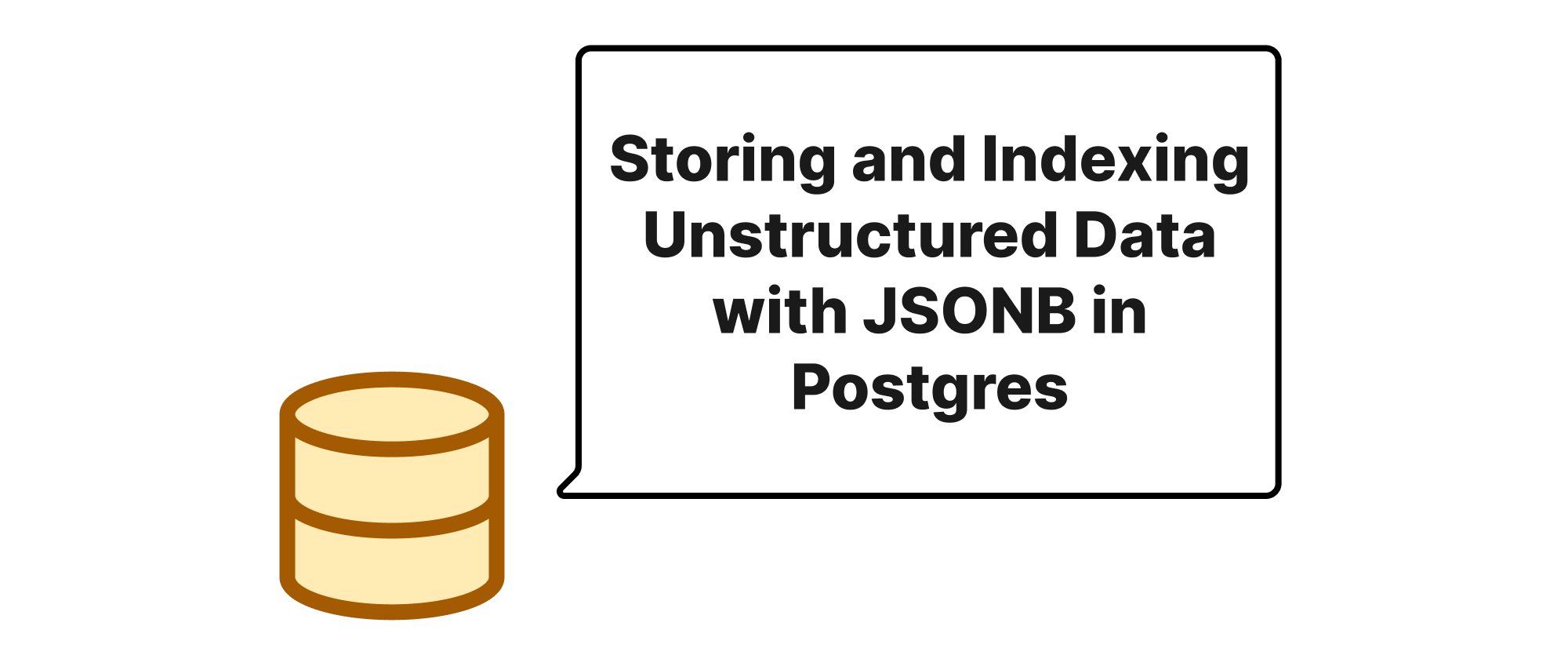
Storing and Indexing Unstructured Data with JSONB in Postgres
Explore the benefits of using PostgreSQL's JSONB column type for efficient storage and indexing of flexible, non-relational data within a robust relational database framework.
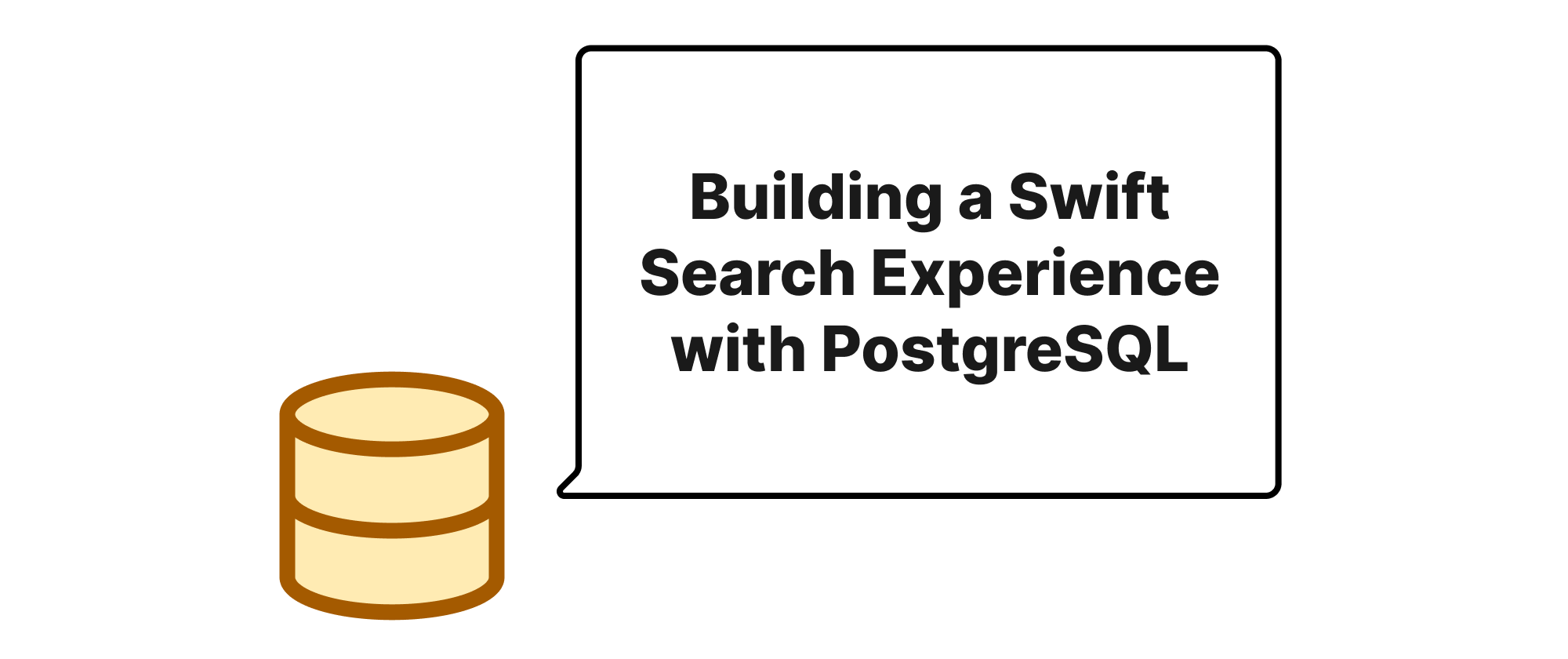
Building a Swift Search Experience with PostgreSQL
Discover how to leverage PostgreSQL's native full-text search capabilities to provide a robust and efficient search function for your website, complete an in-depth guide and practical code examples.
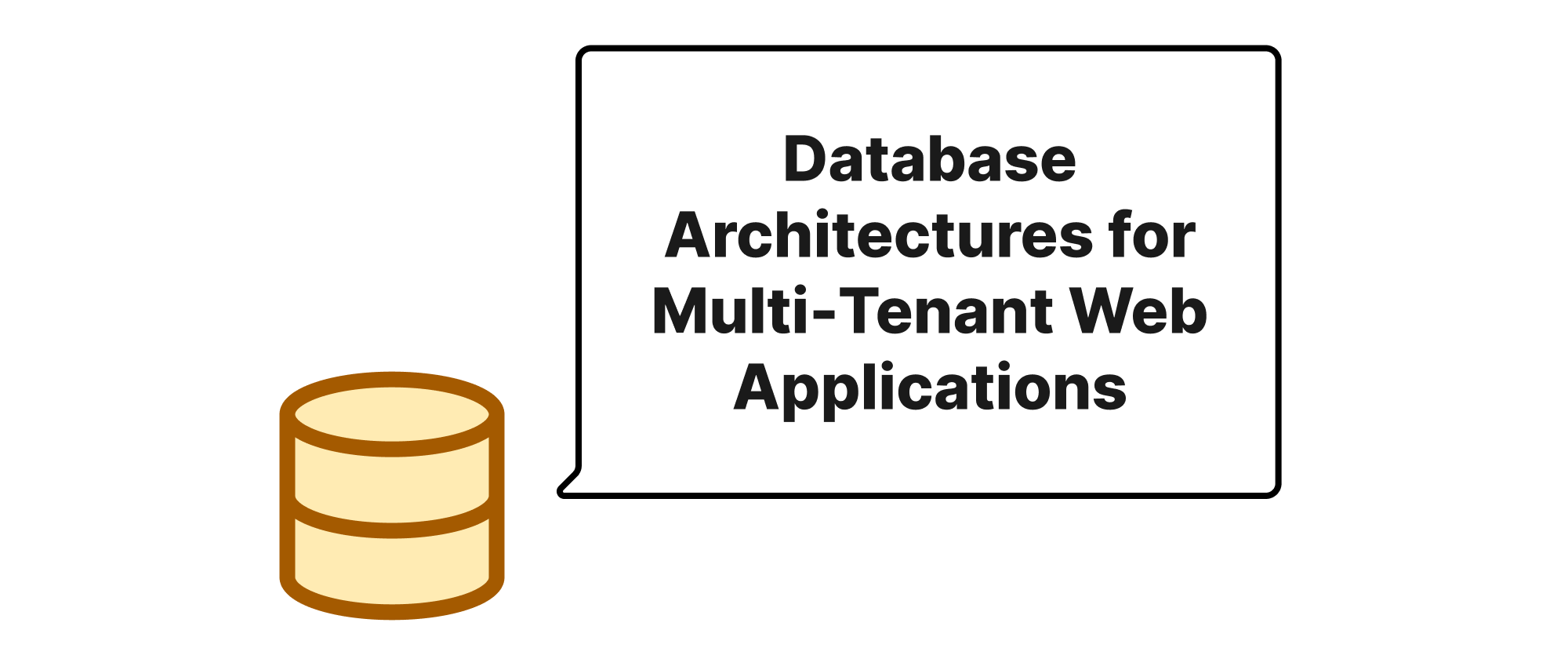
Database Architectures for Multi-Tenant Web Applications
A deep dive into different database architectures for multi-tenant web applications, explaining their pros, cons, and implementation considerations.

Clean Architecture in Go Using go-clean-arch
Explains how to implement Clean Architecture in Go with practical examples from the go-clean-arch project.
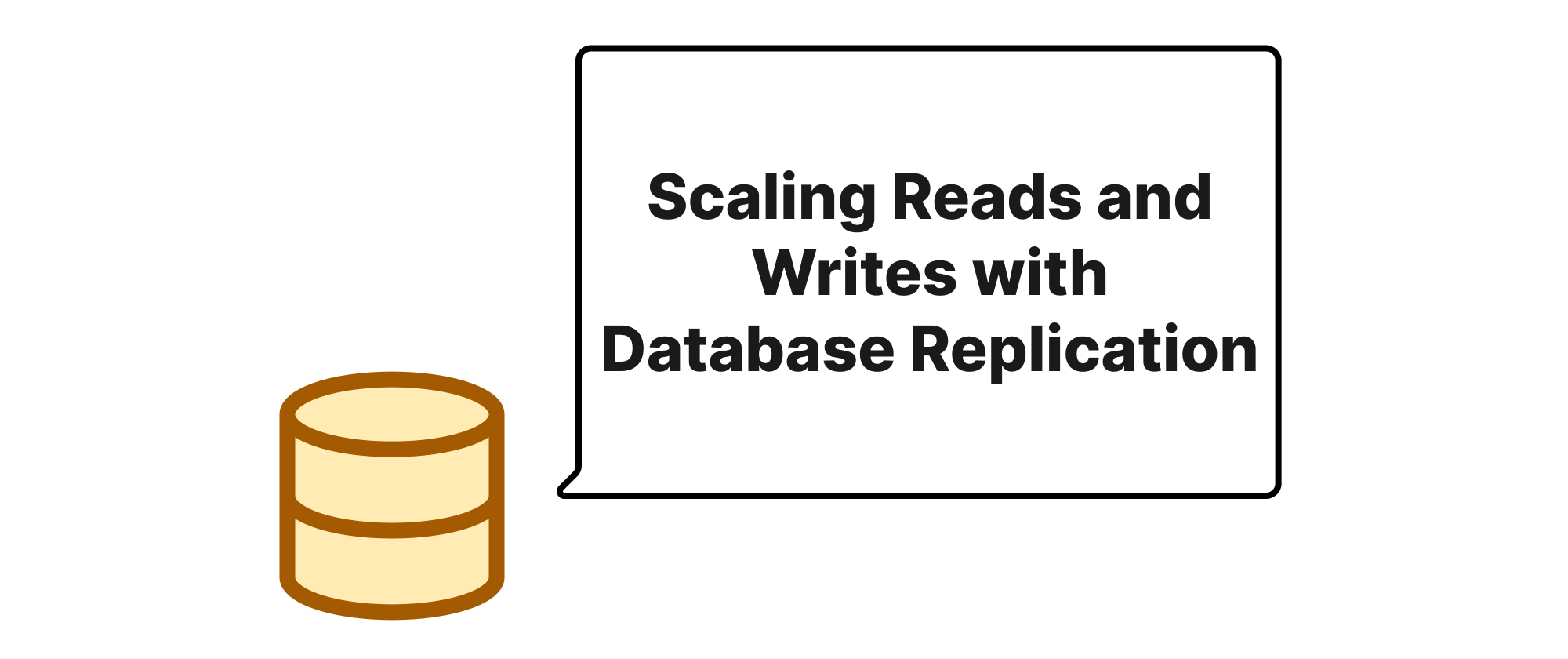
Scaling Reads and Writes with Database Replication
Explore how database master-replica replication enables read-write splitting, improving performance and availability in data-intensive applications.
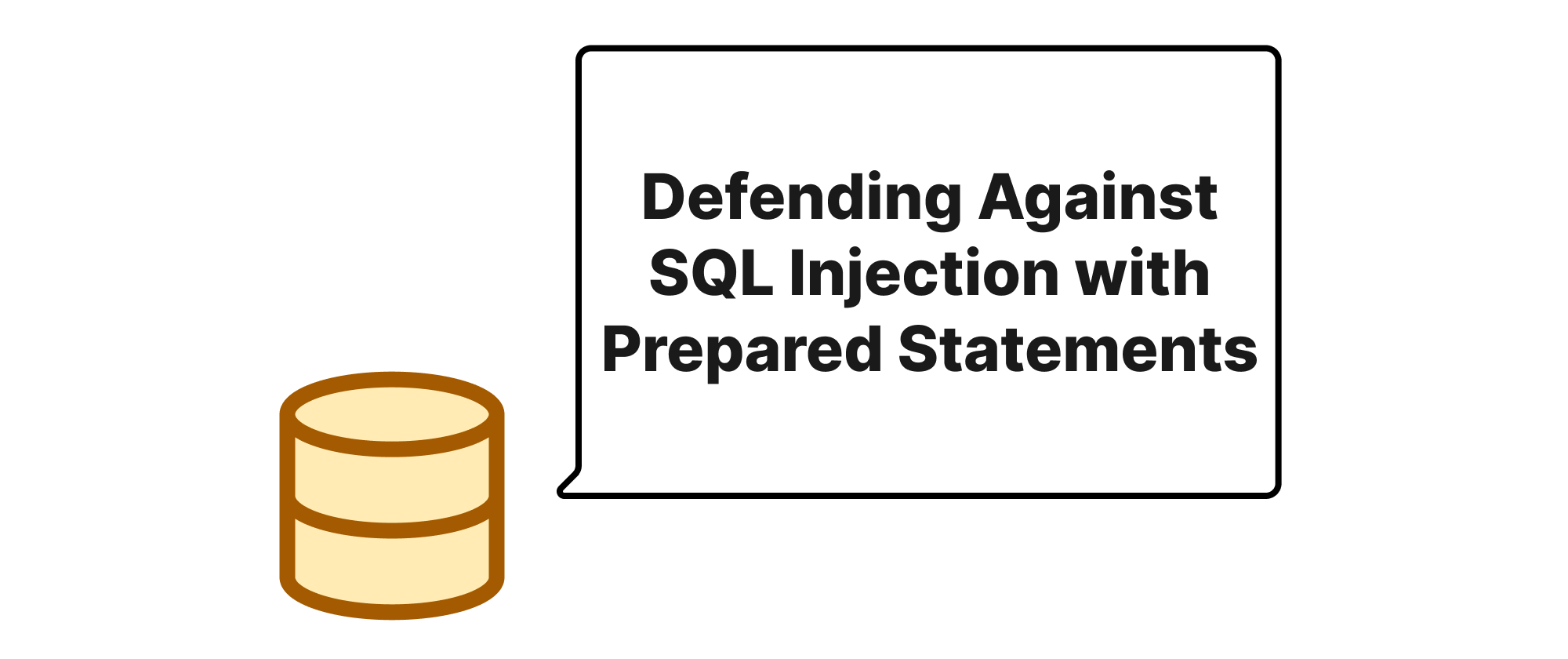
Defending Against SQL Injection with Prepared Statements
This article delves into the principles of SQL injection attacks and demonstrates how parameterized queries (Prepared Statements) effectively protect against them, using practical code examples.

Log Rotation and File Splitting in Go: Insights from logrus, zap, and slog
Comparative analysis of log rotation and file splitting with Go logging libraries logrus, zap, and slog.
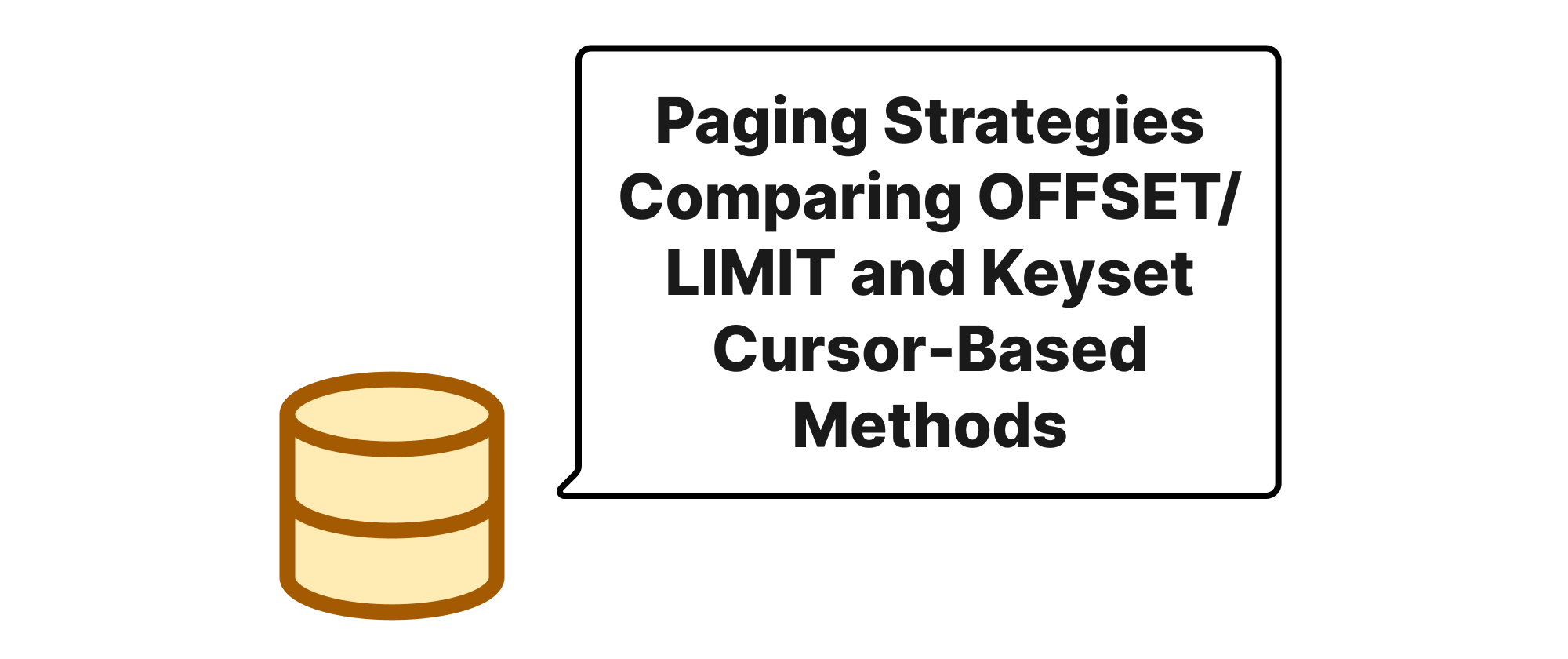
Paging Strategies Comparing OFFSET/LIMIT and Keyset Cursor-Based Methods
This article delves into the performance differences and optimal use cases for OFFSET/LIMIT and Keyses (Cursor-based) paging strategies in database systems, providing practical examples and clear explanations.

How to Rename a Column in SQL
Different SQL databases require different commands to rename columns.

How to Add a Column in a Table Using SQL
Add columns to SQL tables using the `ALTER TABLE` statement.
